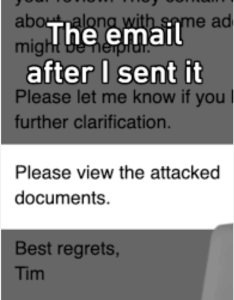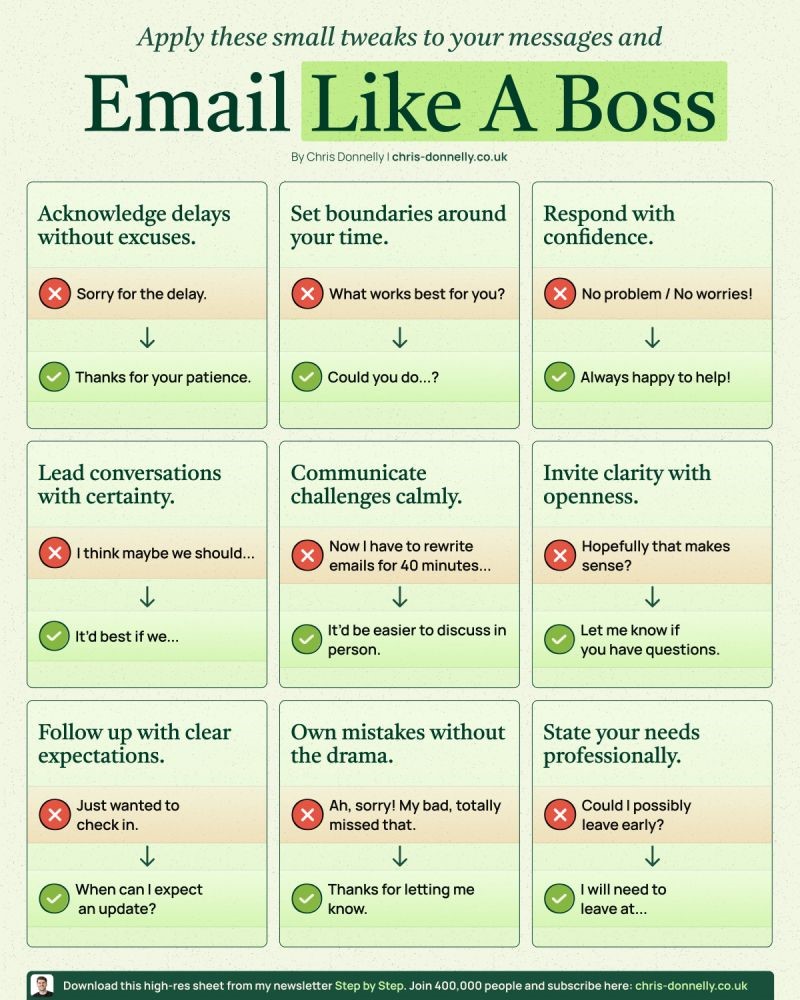1. Structure Professional Emails with Clarity and Etiquette
Ah, email—the best and worst thing ever invented. On one hand, it’s a lightning-fast way to communicate and stay connected. On the other, it’s a black hole where productivity goes to die, leaving us buried beneath an avalanche of unread messages. But like it or not, email is still the backbone of professional communication. The good news? Writing clear, professional, and courteous emails isn’t magic. It’s about simple structure, common sense, and knowing your audience.
So, let’s dive into how you can craft professional emails that cut through clutter, deliver clear messages, and ensure your recipients never hit “delete” or worse—the dreaded “spam” button.
Step 1: Write a Clear, Specific Subject Line
Think of your subject line as the gatekeeper to your email. A vague subject line guarantees your email gets ignored or forgotten. A clear, specific one ensures your email actually gets read.
Weak subject lines:
- “Question”
- “Update”
- “Meeting”
Effective subject lines:
- “Quick question about the Q3 Sales Report”
- “Update: Project Deadline Extended to June 15”
- “Reminder: Team Meeting Tomorrow at 10 am”
Remember, your subject line should summarize the main point, so your reader knows exactly why they should open your message.
Step 2: Begin with a Friendly but Professional Greeting
Start your emails off right with a simple, friendly greeting. Unless you know the person really well, keep it professional and use their preferred title or first name.
Too informal:
- “Hey there,”
- “Yo,”
Professional yet friendly:
- “Hi Alex,”
- “Good morning, Dr. Wilson,”
- “Hello Team,”
The proper greeting sets a positive tone immediately.
Step 3: State Your Purpose Early (Get to the Point!)
After the greeting, immediately clarify why you’re writing. Your reader should never have to guess what you want or wade through paragraphs of small talk.
Weak opening:
“Hope you’re doing well. Did you get a chance to…?”
Direct opening:
“I’m reaching out to confirm you’ve received the latest sales figures and if you have any feedback.”
State your purpose upfront, so readers immediately understand your message.
Step 4: Organize Your Content with Clarity (Short Paragraphs, Lists, and Formatting)
Make your email easy to scan and digest quickly. Short paragraphs, bullet points, and clean formatting make your message crystal clear, saving everyone time and headaches.
Effective formatting examples:
- Use numbered lists or bullet points.
- Keep paragraphs short—no more than three sentences.
- Highlight critical information or deadlines in bold text.
Example:
Hi Sam,
Here are the key takeaways from today’s meeting:
- The client requested changes to the design, due by Friday.
- Marketing needs final drafts by Tuesday.
- We’ll have a quick follow-up on Thursday morning.
Let me know if you have any questions.
Formatting helps your reader quickly grasp key details.
Step 5: End with a Professional Closing
Don’t leave your reader guessing about next steps. End your emails with expectations, actions, or confirmations. Use a simple, courteous closing phrase and restate any follow-up actions needed.
Weak closing:
“Talk later.”
Effective closing:
“Please let me know by tomorrow if you approve the attached proposal. Thanks again for your quick response!”
Professional closings ensure clarity about next steps.
Step 6: Choose an Appropriate Sign-Off (Because “Cheers” Doesn’t Always Fit)
Your sign-off can affect how professional your email feels. When in doubt, go simple, polite, and professional.
Casual but professional:
- “Best regards,”
- “Thank you,”
- “Warm regards,”
More formal:
- “Sincerely,”
- “Respectfully,”
Match your sign-off to your relationship with the recipient and the context of your email.

Real-World Example: Structured Professional Email
Subject line: “Follow-Up on Marketing Strategy Meeting”
Email body:
Good afternoon Team,
Thanks for your participation in today’s marketing strategy session. Here are our next steps:
John: Please send updated market analysis by Friday.
Emily: Draft campaign ideas due by next Tuesday.
All: Review attached project timelines and share feedback by Wednesday.
Reach out with any questions—I appreciate everyone’s effort and contributions today!
Best regards,
[Your Name]
4 Email Etiquette Reminders (Don’t Forget Your Manners!)
Professionalism in emails also means respecting basic etiquette:
- Proofread carefully for grammar and spelling errors.
- Use “Reply All” sparingly—only when necessary.
- Respect your recipient’s time—keep messages concise.
- Respond to emails promptly (within 24-48 hours whenever possible).
Final Thoughts: Mastering Professional Email Structure
Crafting professional emails with clarity, etiquette, and efficiency doesn’t have to be daunting. By structuring your messages, stating your purpose upfront, and respecting simple etiquette rules, your emails become more effective, professional, and well-received.
Emails aren’t going away anytime soon, but using these guidelines, yours will always stand out as professional and genuinely helpful.
Ready to keep enhancing your digital communication skills by managing tone and intent in digital conversations? Fantastic—let’s keep the momentum going!
